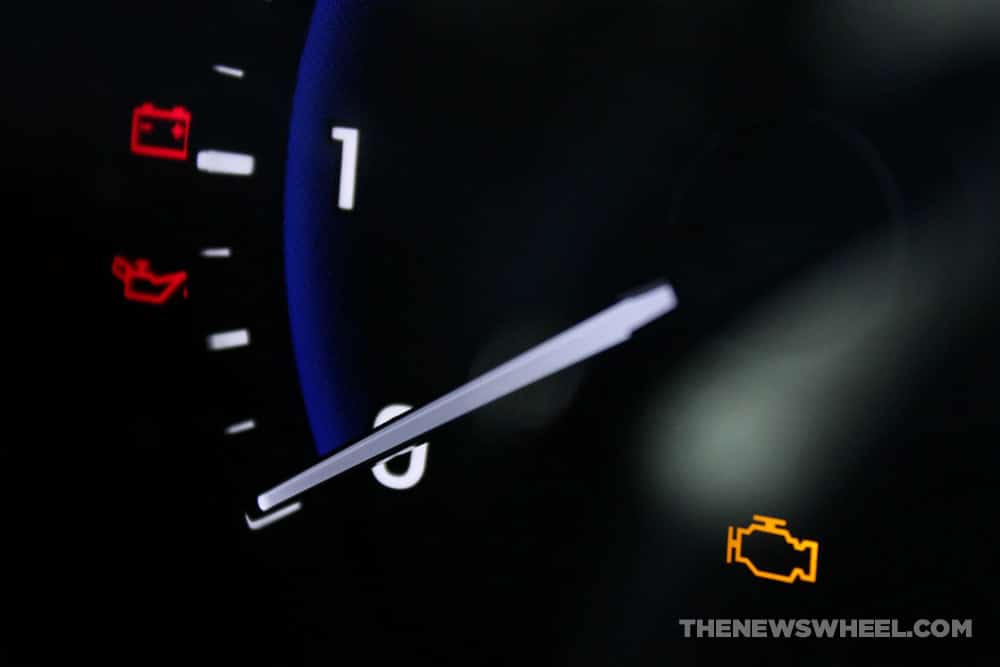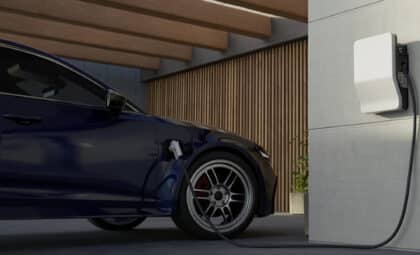
Owning a car is a big privilege, and it comes with certain responsibilities. In addition to safely operating your vehicle on the road, it’s also important that you maintain your car so it functions properly. While you’re learning to drive, also make sure you’re learning the basics of car care. Here are some tips for new drivers.
More Information for New Drivers: Learn these signs that your car needs transmissions service
Monitor your vehicle all the time
If you inspect your vehicle on a regular basis and keep an eye out for anything unusual, you’ll become familiar with it and know when something is wrong. That way, you can take it to a mechanic when you suspect something’s amiss. For instance, watch for underinflated tires, burnt-out bulbs, air conditioning that isn’t cold, windshield wipers that leave streaks, and any funny noises.
If something internal is wrong with your car, the dashboard will display an icon identifying the problem. It’s crucial that you recognize these symbols and know what they mean, especially if the “check engine” light illuminates. The best way to learn these are to read that section of your car’s owner’s manual.
Get regular checkups
Even if your car is running fine and isn’t showing any signs of problems, make sure you still make habitual appointments with a mechanic. Regardless of how new or old your vehicle is, make sure you schedule inspections on a seasonal basis. An expert will change the car’s oil and potentially catch mechanical issues before you so their effects.
If you can institute all of these practices now when you’re just beginning to drive, you’ll be ready to take any bumps in the road ahead.
Do Your Car’s Brakes Need Serviced? Here’s how you can tell…
Aaron is unashamed to be a native Clevelander and the proud driver of a Hyundai Veloster Turbo (which recently replaced his 1995 Saturn SC-2). He gleefully utilizes his background in theater, literature, and communication to dramatically recite his own articles to nearby youth. Mr. Widmar happily resides in Dayton, Ohio with his magnificent wife, Vicki, but is often on the road with her exploring new destinations. Aaron has high aspirations for his writing career but often gets distracted pondering the profound nature of the human condition and forgets what he was writing… See more articles by Aaron.









